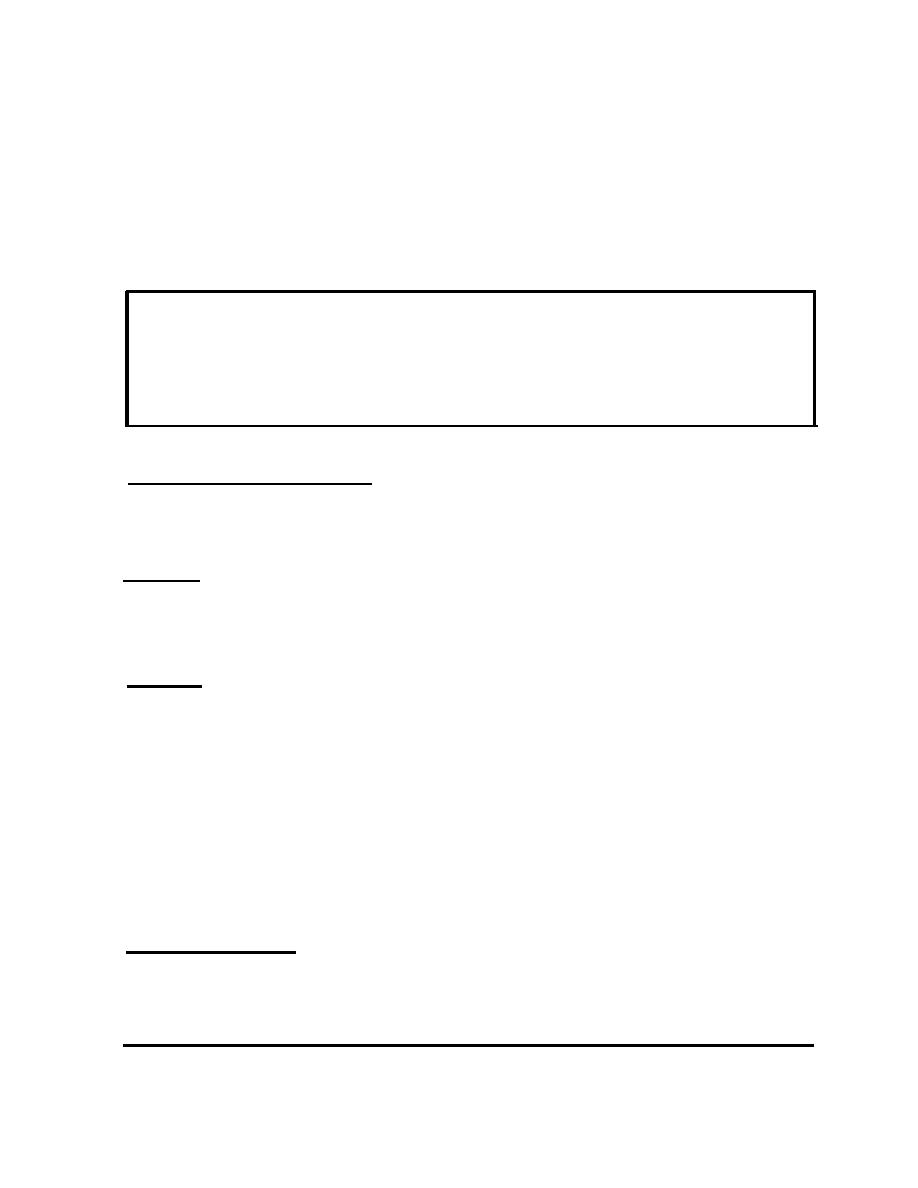

Custom Search
|
|

|
||
 damage from excessive current draw.
3.1.5 Heat Exchangers.
WARNING!
Always confirm that a double wall heat exchanger is used
whenever a toxic solar fluid is used, particularly with DHW
systems. This can be determined from the nameplate.
Piping Connections and Seals
Check all heat exchanger ports for signs of leakage or corrosion. Look for loose
bolts and leakage at the bonnets of shell and tube heat exchangers.
Supports
Make sure all heat exchanger supports are securely fastened to the building and the
heat exchanger. Check for corrosion as well.
Flow Rate
Methods of checking flow rates are described in the preceding section, 3.1.4.
Compare it to the specifications in the system's operation and maintenance manual,
or check them against the rules of thumb in Appendix B.
If potable water flow rates are significantly lower than the system specifications,
scale may have built up on heat exchanger passages.
It may be worthwhile to have a water hardness test performed, if water quality is not
known. It may also be a good idea to visually inspect the water passages, if
possible.
Temperature Change
While the system is running, check the temperatures at the inlets and outlets of all
heat exchangers. Make sure the temperatures change in the appropriate directions.
INSPECTION
3.1 INSPECTION PROCEDURES
81
|
 |
|
 |
||